Understanding High Refresh Rate in LED Displays
High refresh rate is a critical feature in modern LED displays, especially as resolutions and display technologies advance. To appreciate its importance, particularly in ultra-high-definition (UHD) displays, it’s essential to understand the basic concepts of refresh rate and its implications for display performance.
What is Refresh Rate?
The refresh rate of a display refers to the number of times per second that the image on the screen is updated. It is measured in Hertz (Hz). For example, a refresh rate of 60 Hz means the display refreshes the image 60 times per second. Higher refresh rates, such as 120 Hz, 240 Hz, or even 144 Hz, indicate more frequent updates.
In practical terms, refresh rate affects how smooth and fluid the on-screen motion appears. A higher refresh rate generally results in smoother motion and can significantly enhance the viewing experience.
Why is a High Refresh Rate Important?
- Motion Clarity and Smoothness: High refresh rates contribute to smoother motion on the screen. This is particularly beneficial for fast-moving content, such as sports, action movies, and video games. With a higher refresh rate, each frame of the content is updated more frequently, reducing motion blur and making fast movements appear clearer and more defined.
- Reduced Motion Blur: At lower refresh rates, fast-moving objects can appear blurry because the screen doesn’t update quickly enough to keep up with the motion. This is especially noticeable in fast-paced scenarios, where the motion blur can detract from the visual clarity. A higher refresh rate minimizes this blur by refreshing the image more frequently, resulting in crisper and more detailed visuals.
- Improved Responsiveness: In applications like gaming, where every millisecond counts, a high refresh rate can improve responsiveness. Gamers benefit from reduced input lag and a more responsive experience, as the display updates more frequently to reflect changes in the game’s action.
- Enhanced User Experience: For general use, such as scrolling through web pages or working with graphics, a higher refresh rate can make interactions feel smoother and more fluid. This can reduce eye strain and improve overall comfort during prolonged use.
High Refresh Rate in Ultra-High-Definition Displays
Ultra-High-Definition (UHD) displays, which include 4K (3840 x 2160 pixels) and 8K (7680 x 4320 pixels) resolutions, represent a significant leap in display technology. The combination of high resolution and high refresh rate provides several advantages:
- Matching Resolution and Refresh Rate:
UHD displays offer significantly more pixels than Full HD displays. For such high resolutions, a higher refresh rate ensures that the increased pixel count does not negatively impact motion clarity. For example, a 4K display at 60 Hz would provide a high level of detail, but upgrading to a higher refresh rate, such as 120 Hz or more, would further enhance the smoothness of motion without sacrificing resolution.
- Enhanced Detail and Clarity:
With UHD displays, the amount of detail is substantially increased. A high refresh rate ensures that this detail is preserved even during fast-moving scenes. If the refresh rate is not high enough, the display may not fully convey the fine details of UHD content, leading to potential artifacts or blurriness during rapid movements.
- Future-Proofing:
As content creation and consumption increasingly adopt higher resolutions and frame rates, high refresh rate UHD displays are better equipped to handle future advancements. Content in 4K or 8K resolution with high frame rates (e.g., 120 fps or more) will benefit from a display that can match these specifications, ensuring compatibility with future media and technology.
- Improved Visual Experience in VR and AR:
Virtual Reality (VR) and Augmented Reality (AR) applications often require high refresh rates to create a seamless and immersive experience. UHD displays with high refresh rates can reduce motion sickness and enhance the sense of presence by delivering smooth and realistic visuals in these immersive environments.
- Professional and Creative Applications:
For professionals working with high-definition video editing, 3D rendering, and graphic design, a high refresh rate UHD display offers greater precision and accuracy. Professionals can see the effects of their work in real time with minimal delay, leading to more effective and efficient workflows.
Technical Challenges and Considerations
Implementing high refresh rates in UHD displays comes with several technical challenges:
- Processing Power:
Higher refresh rates require more processing power to handle the increased number of image updates per second. This puts additional demands on the graphics processing unit (GPU) and display controller. Ensuring that these components can handle the increased workload is crucial for maintaining performance.
- Bandwidth Requirements:
Transmitting data for UHD content at high refresh rates demands significant bandwidth. Display interfaces and cables must be capable of supporting the high data rates required. Technologies such as Display Port 2.0 and HDMI 2.1 have been developed to address these bandwidth needs.
- Heat and Power Consumption:
Higher refresh rates can lead to increased heat generation and power consumption. Proper cooling and efficient power management are necessary to ensure the longevity and reliability of the display.
- Content Compatibility:
Not all content is created with high refresh rates in mind. While many modern games and video sources support high refresh rates, some older or less optimized content may not fully utilize the capabilities of a high-refresh-rate display.
Conclusion
In summary, a high refresh rate in LED displays plays a crucial role in enhancing visual clarity, reducing motion blur, and improving the overall viewing experience. In the context of Ultra-High-Definition displays, combining high resolution with a high refresh rate ensures that the detailed visuals are delivered smoothly and accurately, accommodating future advancements and providing a superior experience for a wide range of applications. As technology continues to evolve, the synergy between high refresh rates and high resolution will remain a key factor in achieving exceptional display performance.
At AET LED Displays, we’re passionate about the LED displays industry, and we hope this article has provided valuable insights for you. Follow our blogs for more in-depth knowledge, and the latest updates in the LED display industry. Thank you once again for being part of the AET community.
For more product information, visit https://aetdisplays.com/ or Send us your inquiries at sales@aetled.com






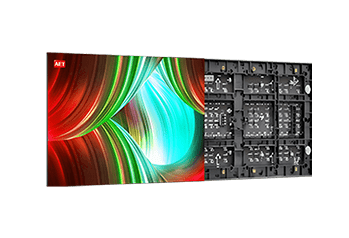


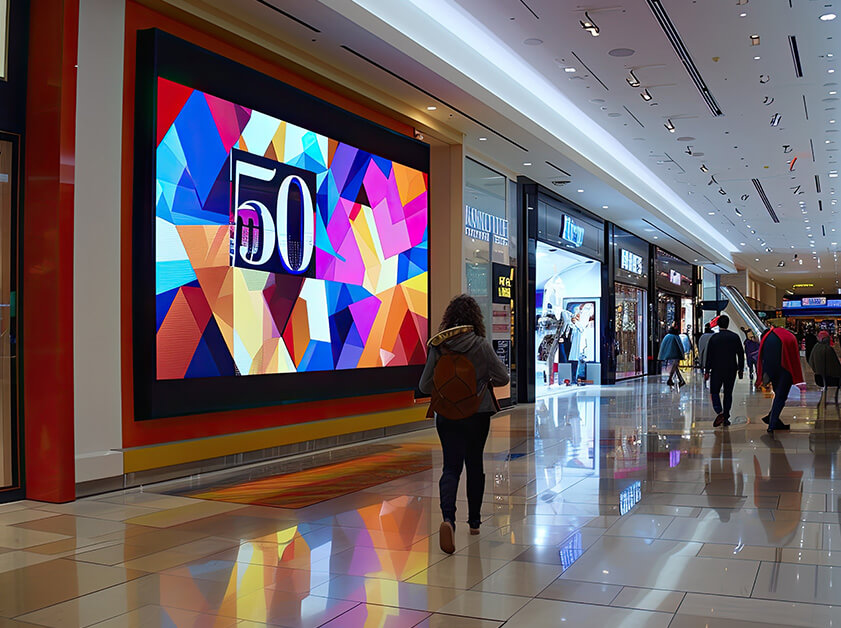
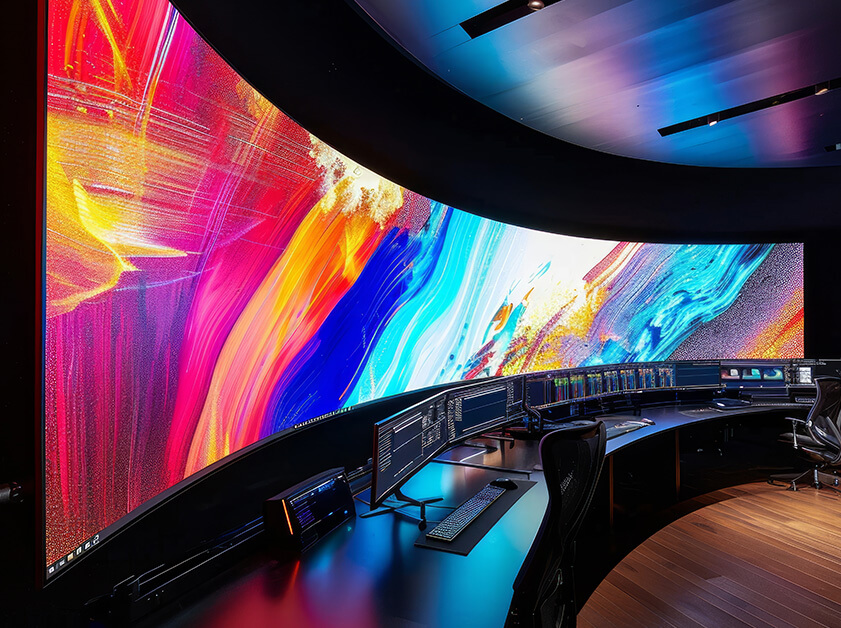

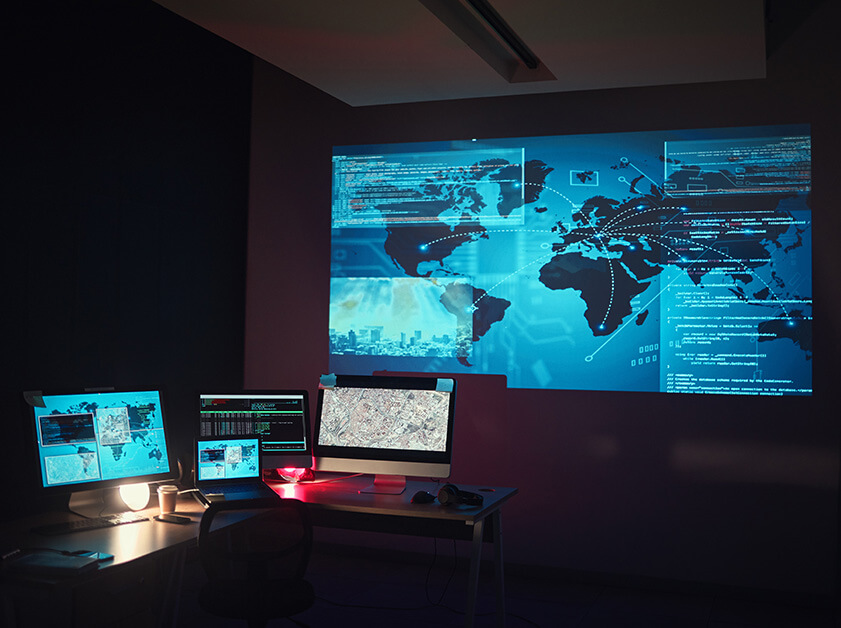
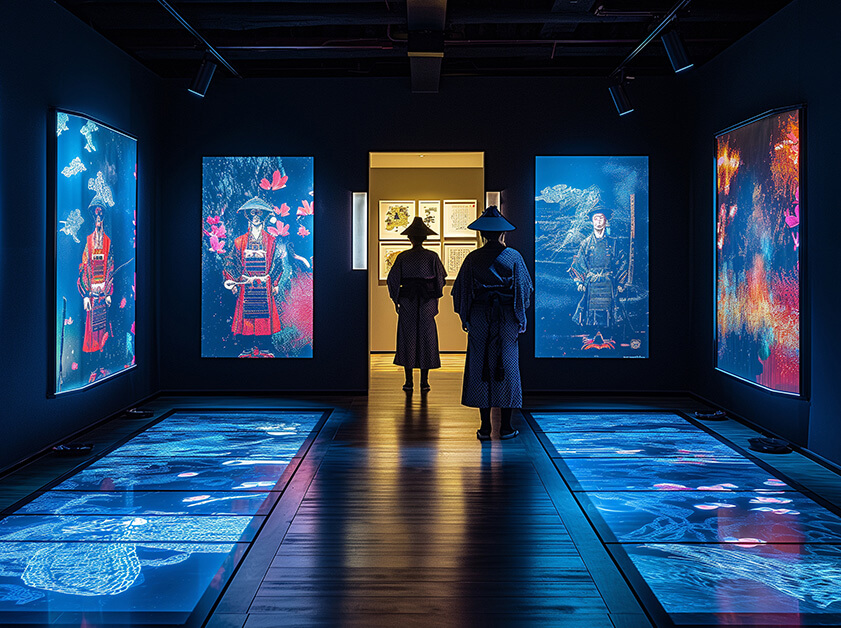
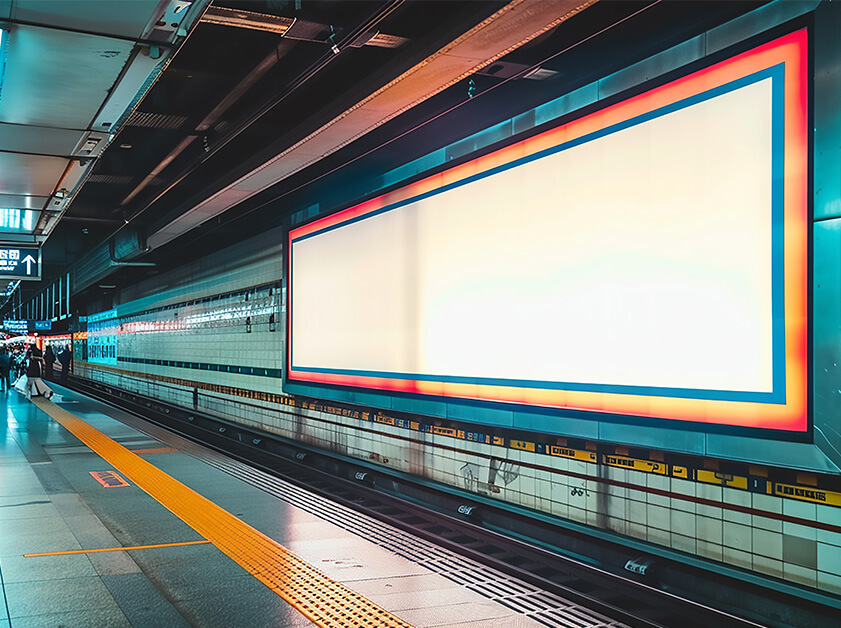

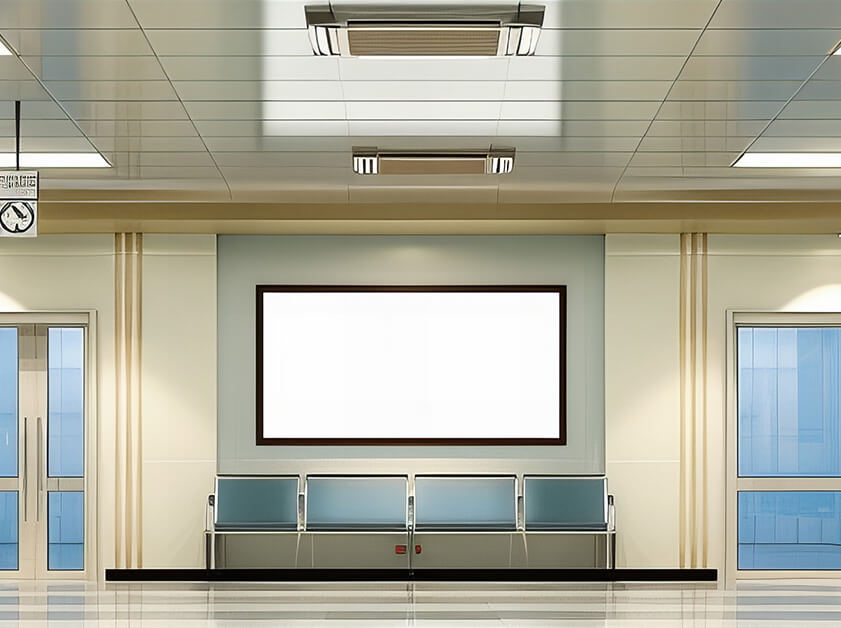
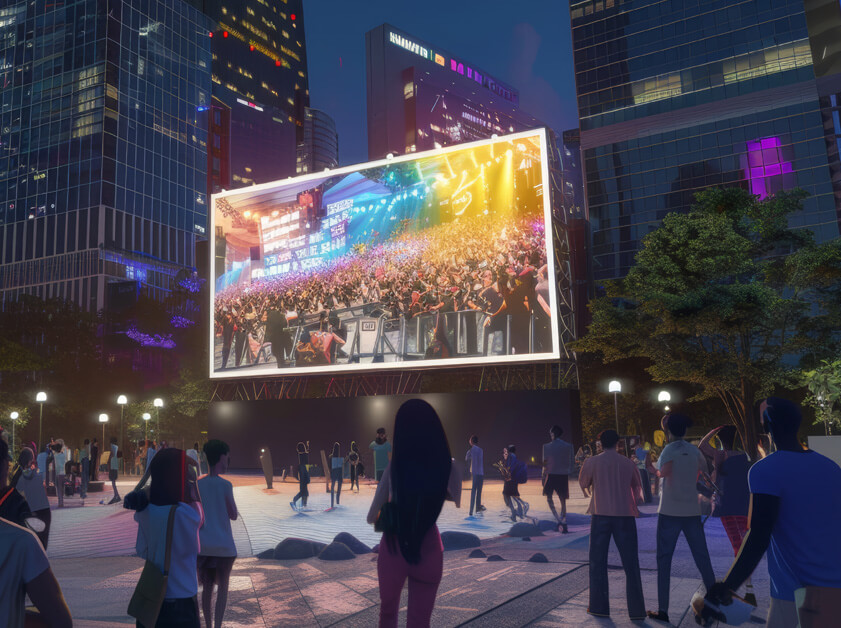















0 Comments